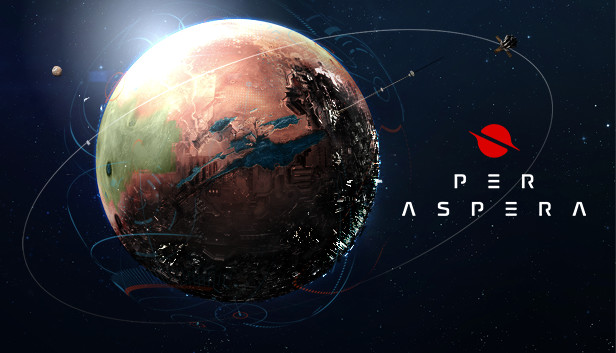The equator
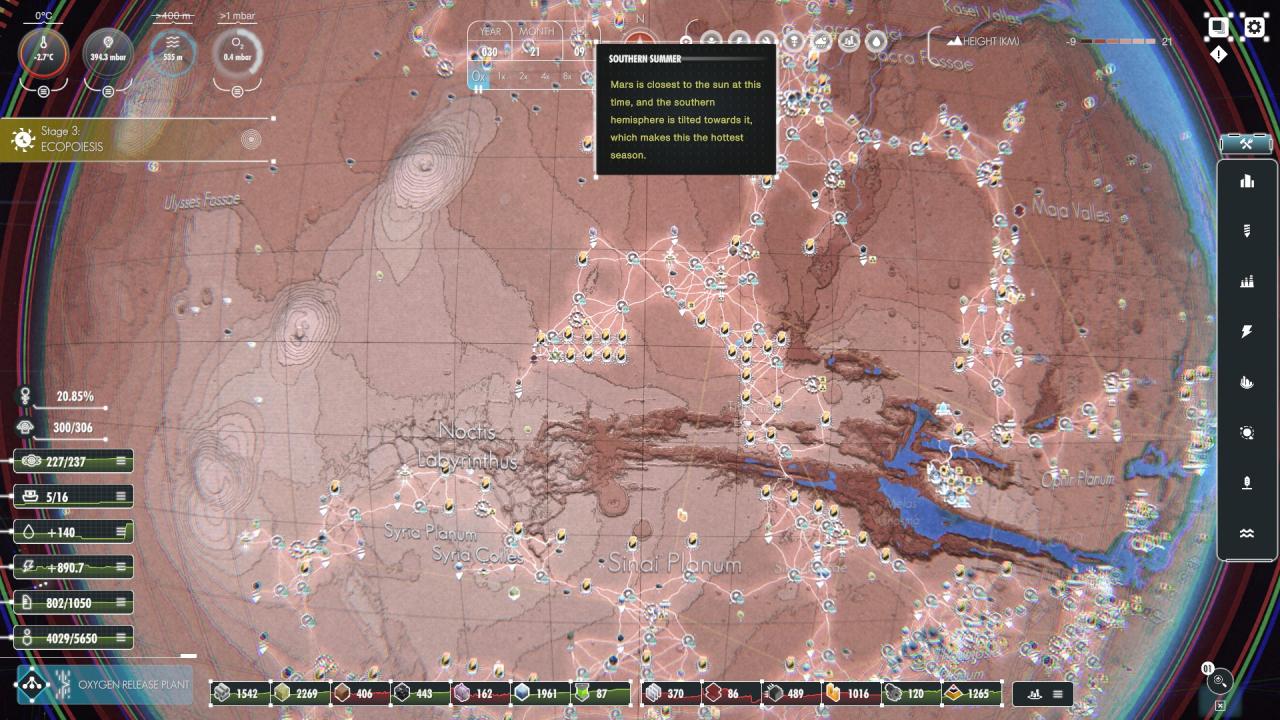
Considering wind farms are unfortunately extremely unreliable, and uranium is limited, solar will likely be your primary power source in the early to mid game, and you will save yourself a lot of pain and batteries if you start close to the equator and care to place most of your solar power there for a constant and reliable performance. You can connect more southern or northern locations with fission plants or batteries.
Steep coasts
Starting with the early to mid game, surface water becomes extremely important. You will need it for Cyanobacteria, lichen and plants, and it can make colony life support much, much easier via water packing, direct water supply, and later fisheries (if you have Blue Mars). As the saying goes, there is no green without the blue.
But to make effective use of surface water, you will need to place buildings in close proximity. At the same time, you will likely want to significantly raise water levels, which means you will regularly have to deconstruct buildings close to the water, or risk losing them outright.
To avoid this, it is extremely convenient to use a coast location where you can access water early but from a height that likely will not be flooded later. Anything above -2km is likely OK, as the water will only reach that level if you actively raise it above 1.5km with imports, but there are also steeper coasts with higher locations. Some notable convenient locations are:
- The Mariner valley
- The east and west coasts of the Hellas Mare.
- The coast of the Isidis mare
- The West side of the Elysium mons, though that mountain will turn into an isle later.
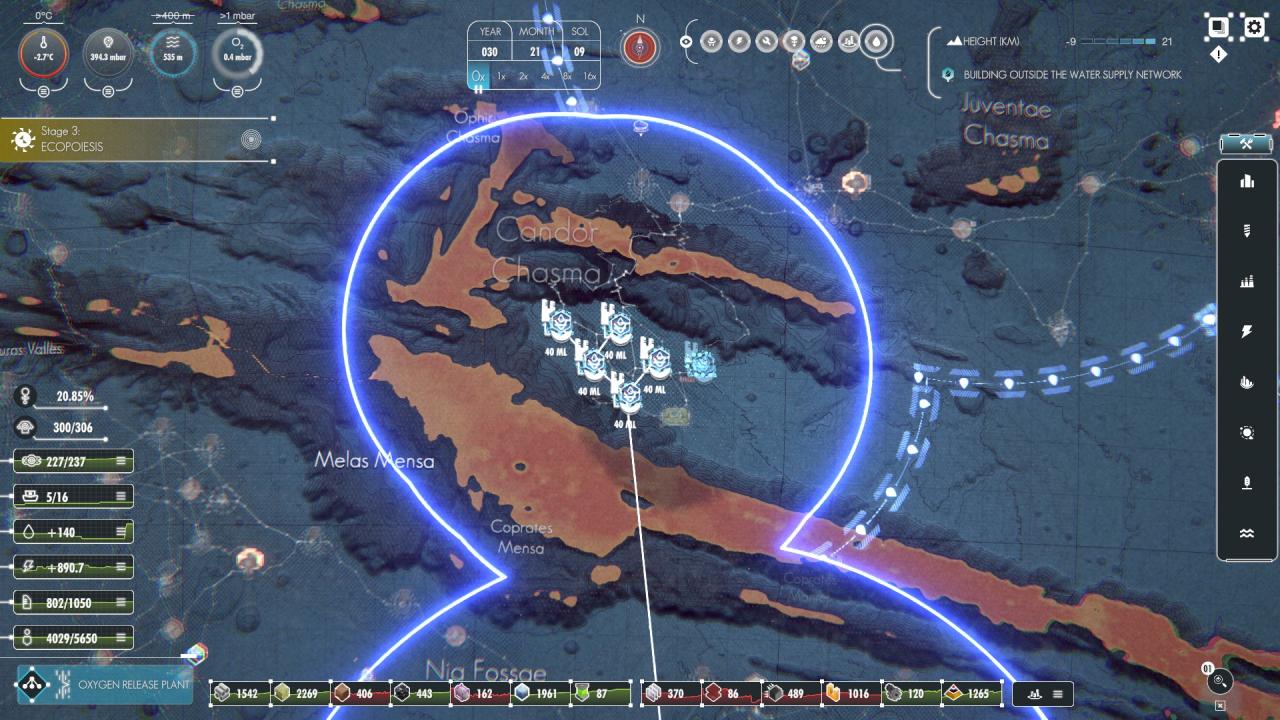
Big resource depots, research outposts, and craters
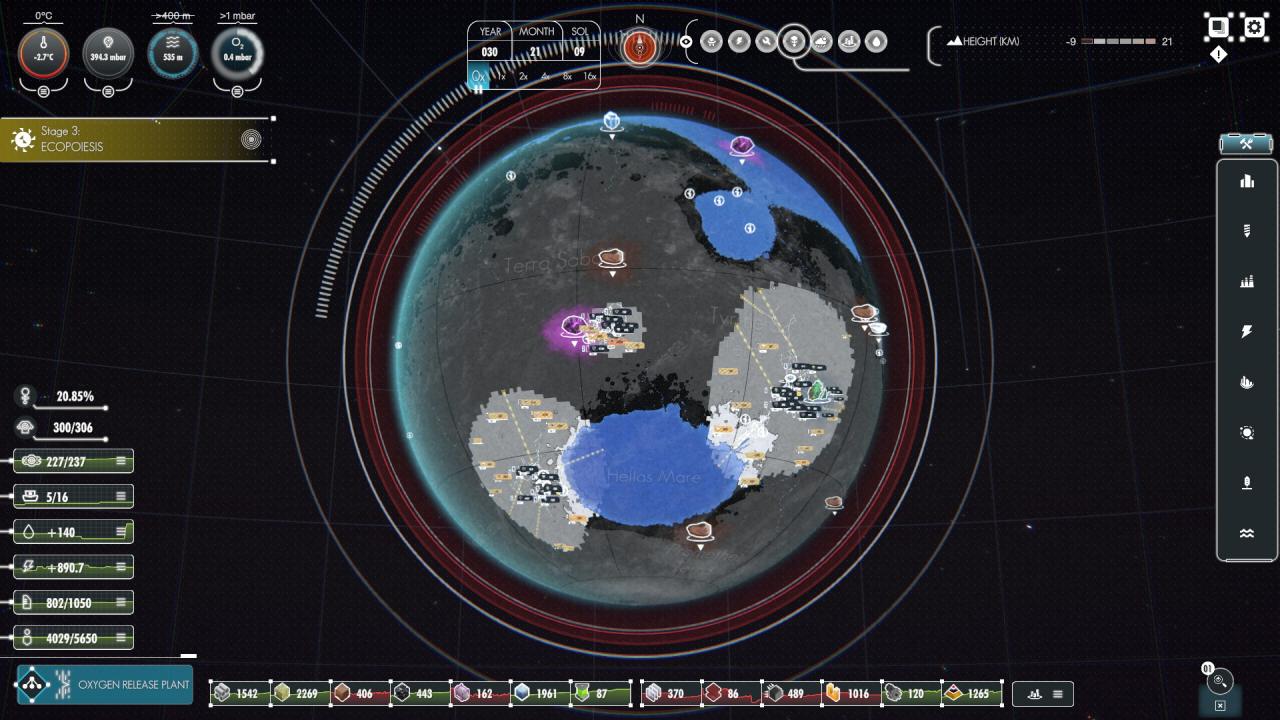 These are not exactly hidden, but I believe underestimated, at least by me at first.
These are not exactly hidden, but I believe underestimated, at least by me at first.Big resource depots can really help with the materials that tend to be bottlenecks. Aluminium and iron are needed in large quantities for all buildings. Early access to large quantities of ice can kick your research into overdrive early. Uranium is rare but extremely useful for both steady power generation and many space projects — a “uranium zone” is IMO a good target for your second landing zone, as soon as you uncover it via tech.
And last but not least, both research outposts and animal sanctuaries in craters can be extremely useful for increasing your research without needing additional food or colonist migration. Animal sanctuaries in particular IMO have a very good benefit-to-cost ratio, seeing as they only need a bit of power and water supply, and I would try to fill every available crater with them ASAP. A global 100+% research bonus is nothing to scoff at.
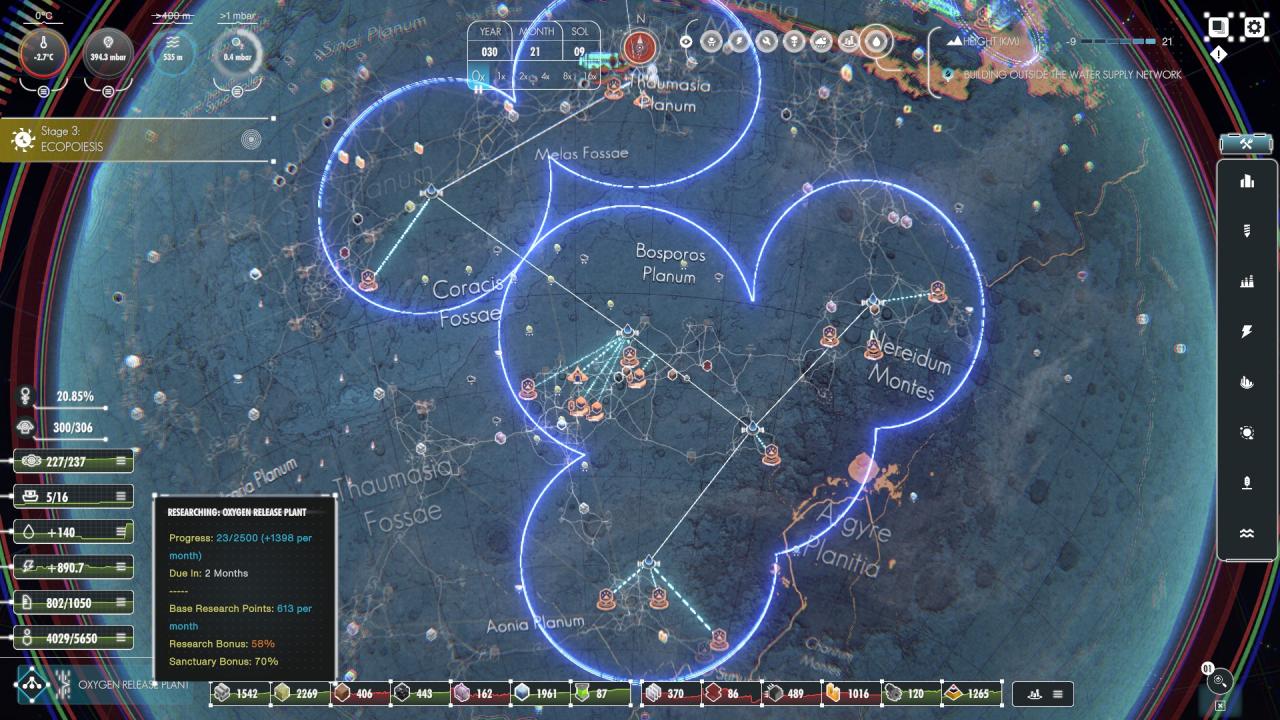
The alternatives are of course dome colonies and crater farms, but crater farms simply have an abysmal production — 25% of a regular food factory — and dome colonies when compared to superior colonies have identical research/population and only 33% better research/food. So superior colonies with 7+ sanctuaries outperform dome colonies in every way, plus you save the tech and the cost of relocating your colonists and food production before potentially relocating them again for tent cities. The only truly worthy alternative are IMO organic material dumpsters, as they speed up the slow but critical conversion of CO2 to O2.
That’s all we are sharing today in Per Aspera Hidden Resources, if you have anything to add, please feel free to leave a comment below, you can also read the original article here, all the credits goes to the original author YertyL
